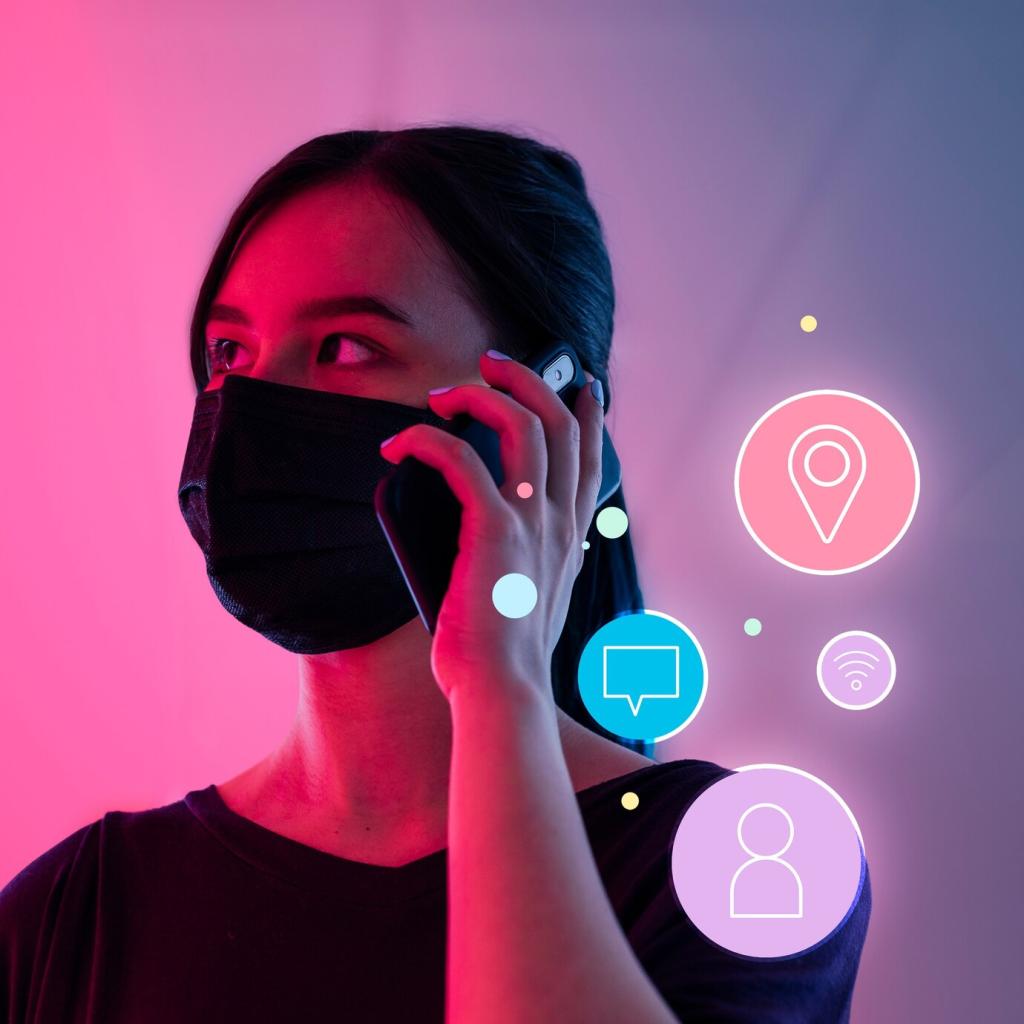The Future of AI in Home Automation Systems
Chosen theme: The Future of AI in Home Automation Systems. Step inside a near future where your home listens with empathy, acts with foresight, and respects your boundaries. If this vision excites you, follow along, comment with your questions, and subscribe for hands-on explorations.

From Reactive Gadgets to Proactive Homes
Instead of isolated motion pings, AI fuses signals—temperature, sound patterns, power draw, and presence—into a meaningful scene. Your home learns the difference between a quiet reading hour and a lively dinner, adjusting lighting, noise levels, and ventilation without interrupting your flow.

Privacy, Security, and Trust by Design
On-Device Intelligence and Federated Learning
Whenever possible, models run locally, so raw audio or video never leaves your walls. For improvements, federated learning shares anonymized insights, not personal recordings. This balance brings smarter performance while keeping your intimate routines securely inside your home.
Consent, Transparency, and Control
Dashboards show what the system knows, why it acted, and how to change it. You can pause microphones, purge histories, and revoke permissions in seconds. Consent is not a checkbox; it is a living agreement you can revisit anytime without friction.
Resilience, Fail-Safes, and Graceful Degradation
If internet drops, the house still runs core automations on-device. When sensors disagree, the system errs on caution and asks. Security uses layered defenses: encrypted traffic, signed updates, and anomaly detection that flags suspicious behavior before it becomes a real incident.
Interoperability: One Language for Every Room
Standards That Actually Stick
IP-based, cross-vendor protocols reduce setup pain and unlock reliable automations. Lights, locks, sensors, and HVAC communicate over consistent layers, so adding a device becomes routine, not roulette. This compatibility also future-proofs your investment as categories evolve.
APIs, Digital Twins, and Extensibility
A digital twin mirrors your home’s devices and states, enabling smarter orchestration and simulation. Open, well-documented APIs invite new skills and services. Developers can safely test scenarios, then ship features that feel delightful rather than disruptive or incompatible.
Community Innovation and Longevity
Healthy ecosystems outlive individual gadgets. Open-source bridges, shared blueprints, and community-tested automations reduce vendor lock-in. Your home remains adaptable, gaining fresh capabilities through updates instead of requiring costly, wasteful replacements every time technology moves forward.


Energy-Smart Homes and the Climate Edge
When the grid is stressed, your home shifts loads intelligently—pre-cooling before peaks, delaying water heating, and timing EV charging to cleaner, cheaper hours. You stay comfortable as the AI balances resilience, comfort, and cost with transparent, adjustable preferences.
Energy-Smart Homes and the Climate Edge
With rooftop solar and batteries, AI schedules heavy tasks for sunny hours and preserves backup power for storms. It forecasts weather and household usage, trimming bills and emissions while keeping mornings warm and evenings well-lit, even during outages.
Wellness and Aging in Place
Instead of cameras in every room, ambient signals notice anomalies: skipped kitchen visits, uncharacteristic inactivity, or unusual nighttime wandering. The system checks in discreetly, escalating to caregivers only with consent or urgent need, maintaining dignity and privacy.
Wellness and Aging in Place
Gentle reminders pair with context. If the pillbox stays closed and the kettle never boils, the home suggests tea and medication together. Patterns, not nagging, reinforce healthy habits, while caregivers receive respectful summaries rather than minute-by-minute tracking.




Edge vs. Cloud: Finding the Sweet Spot
Real-time tasks—presence, lighting, safety alerts—run on the edge for reliability. The cloud enriches models, coordinates across services, and backs up preferences. This duality means quick responses now, with smarter insights arriving through carefully vetted updates later.
Edge vs. Cloud: Finding the Sweet Spot
Streaming everything is expensive and risky. Edge processing reduces bandwidth while keeping interactions snappy. You save on data costs and gain privacy, yet still benefit from periodic cloud learning that improves accuracy without exposing sensitive daily routines.
Robotics Steps Into the Living Room
Robots sync with lights, locks, and sensors to navigate efficiently and respectfully. They avoid quiet zones during calls, respect closed doors, and adapt routes as furniture moves. The goal is helpfulness that blends into family routines without drawing attention.
Robotics Steps Into the Living Room
Progress in grasping everyday items—mugs, laundry, toys—turns robots from novelty into necessity. AI learns preferred placements and safe-handling rules, so setting tables or carrying groceries becomes dependable. Safety remains paramount, with cautious motion planning around pets and people.


